Many people are staying outdoors and exploring national parks. However, travel can quickly become expensive, so I’m excited to share my tips on how to visit national parks on a budget.
We returned from a trip to Glacier, Yellowstone, and Grand Teton National Parks and loved visiting the national parks! Along the way, we discovered some strategies that worked well and others we would adjust for next time.
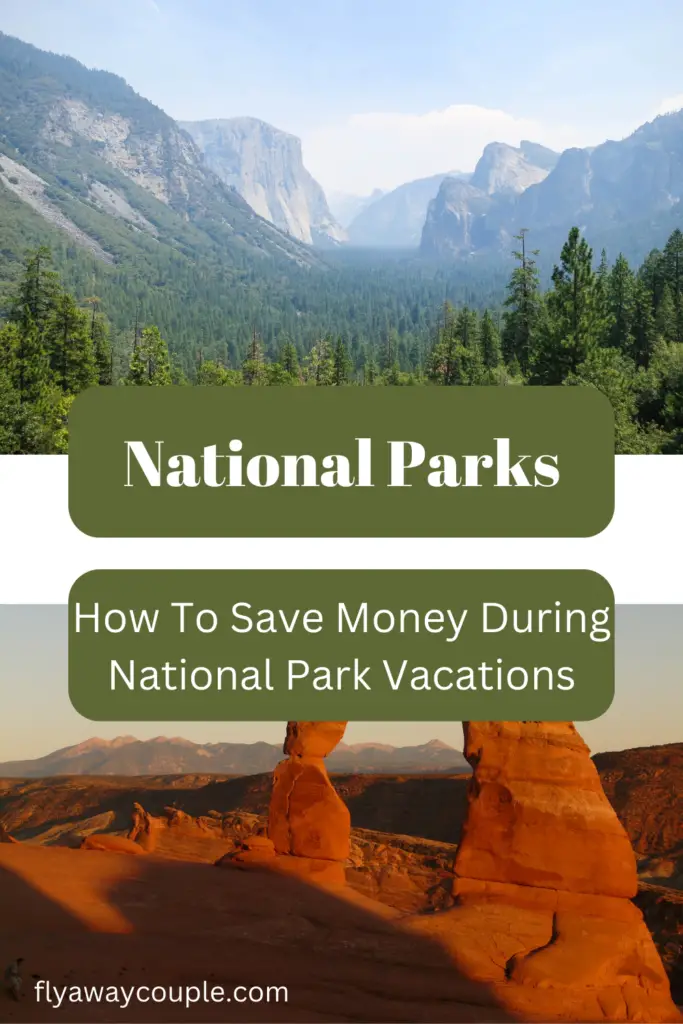
Top 10 money-saving tips for visiting U.S. national parks
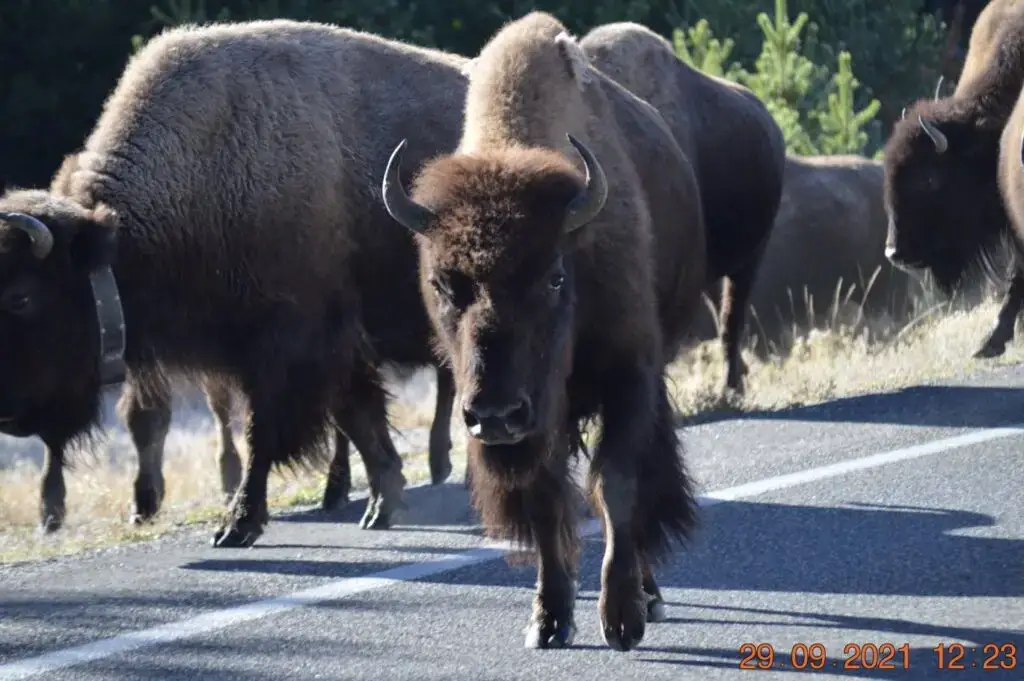
1. Purchase an Annual U.S. National Park Visitor Pass
If you plan to visit more than two national parks in a year, it’s a no-brainer to invest in an annual park pass. The “America the Beautiful” pass costs $80 and grants you access to over 2,000 federal recreation sites, including national parks. (You can purchase the “America the Beautiful” pass online, at an REI store, or at the park entrance.)
Pro Tip: Not all parks charge an entrance fee year-round. Some only charge during peak season. Before purchasing the pass, check whether the parks you plan to visit require a fee.
2. Pack Your Own Food: Save on Meals Inside the Park
Food options inside national parks are often limited and expensive. To save money (and avoid the dreaded hanger), stock up on groceries before entering the park. Packing your own lunches and snacks is a simple way to cut costs.
Real-Life Example: We made PB&J sandwiches and ate them on the hood of our rental van. It wasn’t fancy, but it kept us going as we explored the Grand Tetons without breaking the bank.
3. Travel in a Group: Share Costs and Memories
Traveling with friends or family can significantly reduce your expenses. You can split the costs of gas, lodging, park passes, and even meals. Plus, the shared experience can make the trip more enjoyable.
4. Book Accommodations Early: Secure the Best Deals
Booking your accommodations early can help you lock in lower prices. If you find a good deal, check the cancellation policy. If it’s flexible, book the room and continue searching for better options without fear of losing out.
Pro Tip: We booked our national park lodging a year in advance. Despite the unexpected surge in domestic travel due to COVID-19, our early booking saved us from skyrocketing hotel prices.
5. Choose Convenient Locations: Time Is Money
Driving distances between attractions in national parks can be long. By choosing accommodations near the park entrances or key attractions, you’ll minimize drive time, save on gas, and maximize your time for relaxation and sightseeing.
Example: Staying closer to park entrances helped us avoid hours of daily driving, giving us more time to enjoy the parks.
6. Rent a Car: Flexibility for Less
Renting a car or using your own vehicle gives you the flexibility to explore the parks at your own pace. Unlike organized tours, which can be pricey and restrictive, driving yourself allows for spontaneous stops and photo opportunities.
Pro Tip: Download the GyPSy Guide app for a guided tour experience from the comfort of your car. It’s a budget-friendly way to learn about the park’s history and highlights.
7. Consider Airbnb and VRBO: Unique and Budget-Friendly Lodging
Airbnb and VRBO offer unique lodging options that can often be cheaper than traditional hotels. Look for rentals that include amenities like a kitchen, where you can prepare your own meals and save on dining costs.
When we visited the national parks, I valued staying somewhere that offered breakfast so I didn’t have to find restaurants nearby early in the morning. If you are searching for affordable national park lodging, however, Airbnb and/or VRBO could be good options.
8. Try Camping Inside U.S. National Parks: Budget Accommodations
Camping is one of the most cost-effective ways to stay in national parks. For around $20 per night, you can rent a campsite and immerse yourself in nature.
Note: You’ll need to bring your own camping gear, so if you’re not a regular camper, consider borrowing equipment from friends or family.
Find a campsite at a U.S. National Park
9. Take Advantage of U.S. National Park Free Entry Days
National parks offer several free entry days each year. Plan your visit around these dates to save on entrance fees.
2024 Free Entry Days:
- January 15: Martin Luther King, Jr. Day
- April 20: First Day of National Park Week
- August 4: One-Year Anniversary of the Great American Outdoors Act
- August 25: National Park Service Birthday
- September 25: National Public Lands Day
- November 11: Veterans Day
10. Plan Your Itinerary Carefully: Maximize Your Time and Budget
National parks often require a lot of driving to see all the key sights. Plan your itinerary to minimize backtracking and optimize your time in the park.
Example: We drove 125 miles in one day while exploring Yellowstone. Although it was tiring, careful planning allowed us to see all the major attractions without missing out.
Final Tip: Remember, the journey is just as important as the destination. Take time to enjoy the sights, and don’t stress if things don’t go exactly as planned.
National Park FAQ’s
How much does it cost to visit every national park?
If you plan on visiting more than 2 national parks in a 12-month period, then it is a no-brainer to invest in an annual park pass!
These America the Beautiful park passes can be purchased online, at an REI store, and at the park entrance for $80.
How can I save money to visit national parks?
- Purchase an annual pass.
- Go to the grocery store.
- Travel in a group.
- Book accommodations early.
- Minimize drive times.
- Rent a car (or use your own).
- Use Airbnb or VRBO for unique lodging stays.
- Try camping inside national parks.
- Free entry days.
- Take time planning your itinerary!
How do I get into national parks for free?
Six days every year, the US national parks that require an entry free will be free. The six days in 2021 that qualify for free entry to the US national parks are as follows:
- January 18: Birthday of Martin Luther King, Jr.
- April 17: First day of National Park Week
- August 4: One year anniversary of the Great American Outdoors Act
- August 25: National Park Service Birthday
- September 25: National Public Lands Day
- November 11: Veterans Day
Do national parks take credit cards?
Yes! Payment types accepted: Cash or Credit/Debit cards.
Ready for a national park adventure?!
Everything You Need To Tour Glacier, Yellowstone, and Grand Tetons

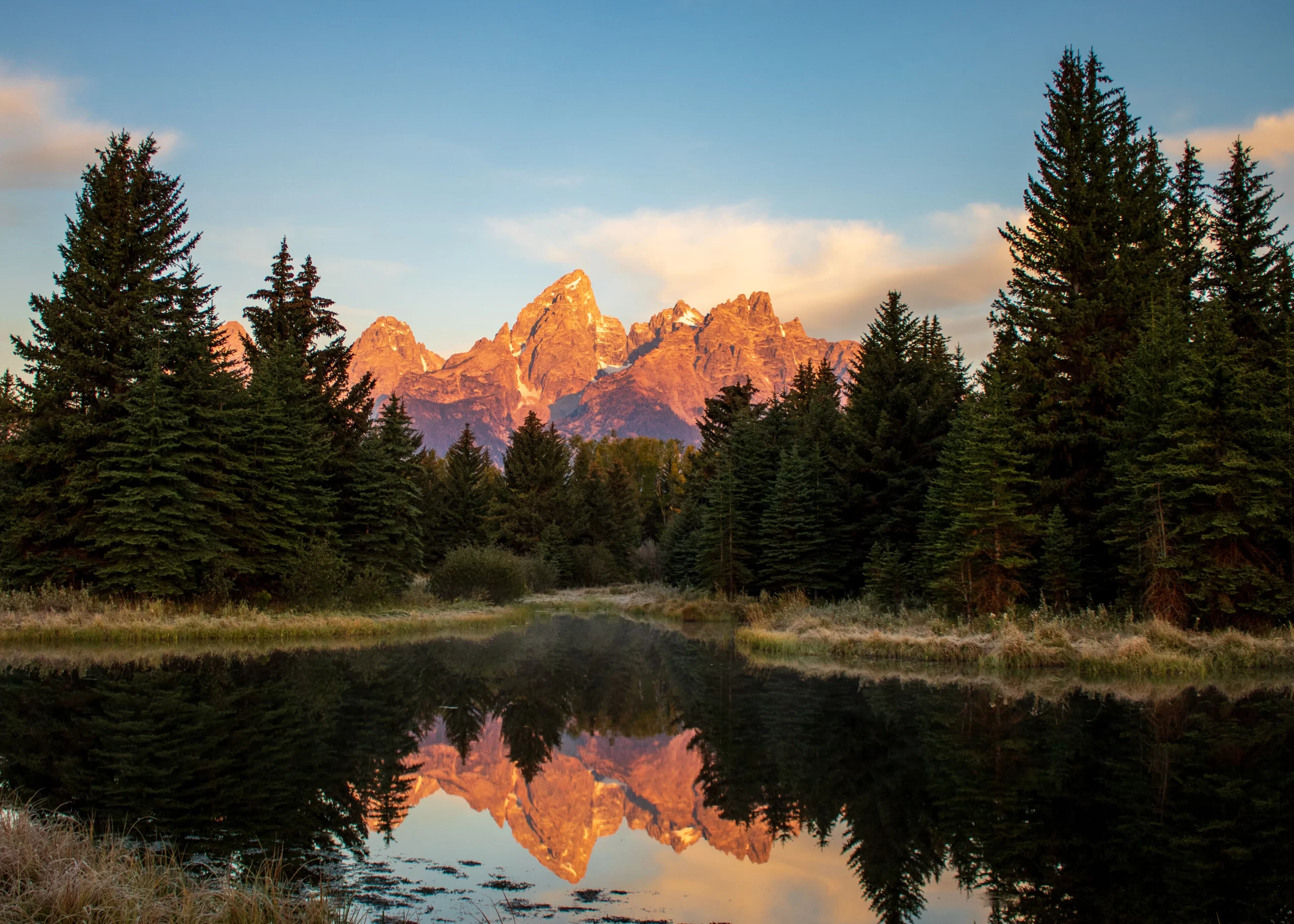
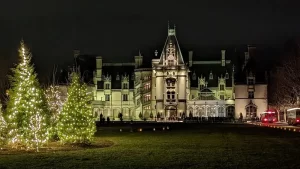

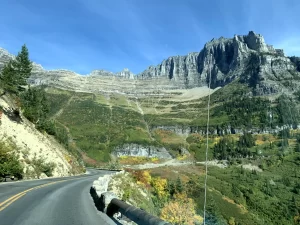
Didn’t realize there were days during the year where the parks are free. Thanks for the info!
I’m glad you found it helpful!